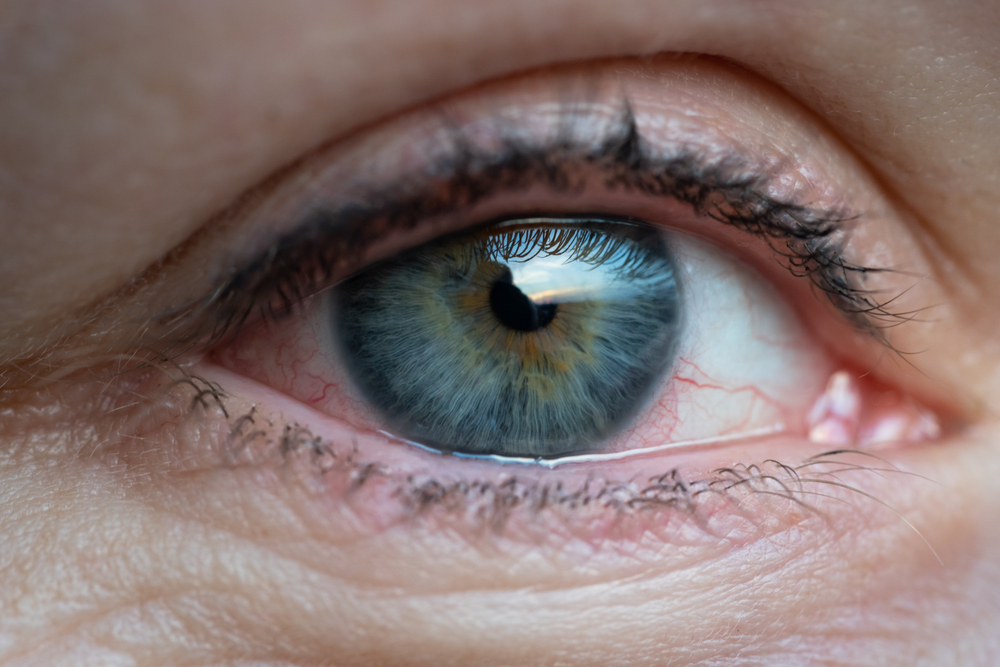Top Causes of Dry Eye You Might Not Know About
Blog:Top Causes of Dry Eye You Might Not Know About

Top Causes of Dry Eye You Might Not Know About
Dry eye is a common and often chronic condition that affects millions of people worldwide. It occurs when your eyes don't produce enough tears or when the tears evaporate too quickly, leaving your eyes feeling dry, irritated, and uncomfortable. While many are familiar with the more well-known causes of dry eye, there are also lesser-known culprits that can contribute to this frustrating condition.
Recognizing the Symptoms of Dry Eye
Dry eye can manifest in a variety of symptoms, including:
- Burning, stinging, or scratchy sensations in the eyes
- Redness and inflammation
- Sensitivity to light and wind
- Blurred vision
- Excessive tearing
- Difficulty wearing contact lenses
- Discomfort that worsens throughout the day
If you're experiencing any of these symptoms, it's important to seek professional help to determine the underlying cause and receive the appropriate treatment.
Understanding the Causes of Dry Eye
The causes of dry eye can be diverse and complex. In addition to the more well-known factors, such as aging, certain medications, prolonged screen time, and environmental conditions, there are also lesser-known causes that can contribute to this condition.
One of the lesser-known causes of dry eye is meibomian gland dysfunction (MGD). The meibomian glands are located along the edges of your eyelids and are responsible for producing the oily component of your tears. When these glands become blocked or dysfunctional, the quality and quantity of your tears can be compromised, leading to dry eye. MGD can be caused by a variety of factors, including hormonal changes, inflammation, and even certain skin conditions like rosacea.
Another lesser-known cause of dry eye is blepharitis, a condition characterized by inflammation of the eyelids. Blepharitis can disrupt the normal functioning of the meibomian glands, leading to tear film instability and dry eye symptoms. This condition is often associated with bacterial or fungal infections, as well as underlying skin conditions like seborrheic dermatitis or acne rosacea.
Both MGD and blepharitis can be significant contributors to dry eye, and it's important to have them properly diagnosed and treated by an optometrist to effectively manage your symptoms.
The Importance of Proper Diagnosis from an Optometrist
Accurate diagnosis is crucial when it comes to addressing dry eye. While some of the causes may be more obvious, such as age or certain medications, the underlying factors can be complex and may require specialized testing and evaluation by an optometrist. A comprehensive eye examination can help identify the specific causes of your dry eye, whether it's related to meibomian gland dysfunction, blepharitis, or other factors.
During the examination, your optometrist may use a variety of diagnostic tools, such as:
- Tear film analysis: This can help determine the quality and quantity of your tears, as well as identify any imbalances or abnormalities.
- Meibomian gland assessment: Your optometrist may use specialized imaging techniques to evaluate the health and function of your meibomian glands.
- Blink analysis: Observing your blinking patterns can provide insights into the stability of your tear film and the potential contribution of blepharitis.
By obtaining a precise diagnosis, your optometrist can develop a personalized treatment plan tailored to your specific needs, ensuring the most effective management of your dry eye condition.
The Benefits of a Personalized Treatment Plan for Dry Eye
Once your optometrist has identified the underlying causes of your dry eye, they can work with you to develop a personalized treatment plan. This approach is crucial, as different individuals may respond differently to various interventions. A one-size-fits-all approach is often ineffective, as the causes and severity of dry eye can vary significantly from person to person. By working closely with your optometrist, you can find the most effective combination of treatments to alleviate your dry eye symptoms and improve your overall eye health.
Schedule Your Dry Eye Evaluation with Texas State Optical Mansfield Today
Dry eye is a complex and often underdiagnosed condition that can significantly impact your quality of life. While the more well-known causes, such as aging and certain medications, are important to consider, it's crucial to also be aware of the lesser-known culprits, like meibomian gland dysfunction and blepharitis.
By working closely with an experienced optometrist, you can obtain a precise diagnosis and develop a personalized treatment plan to effectively manage your dry eye symptoms. This may involve a combination of prescription treatments, in-office procedures, and lifestyle modifications tailored to your individual needs.
If you're struggling with dry eye, schedule an appointment with Texas State Optical Mansfield to get to the root of the problem and develop a personalized treatment plan that can provide you with lasting relief. Visit our office in Mansfield, Texas, or call (682) 518-1177 to book an appointment today.


